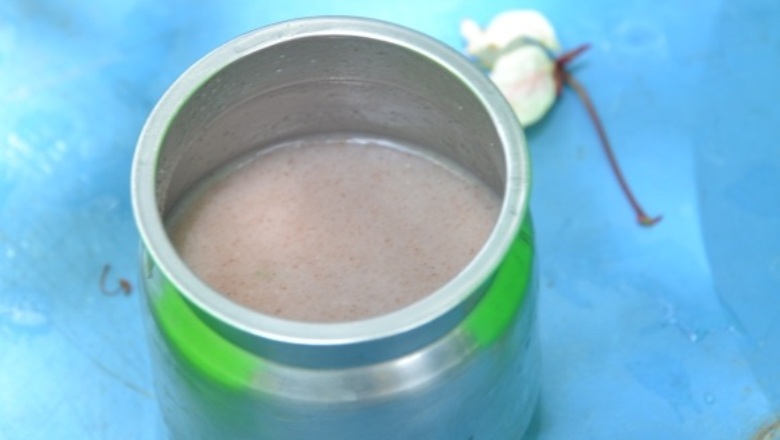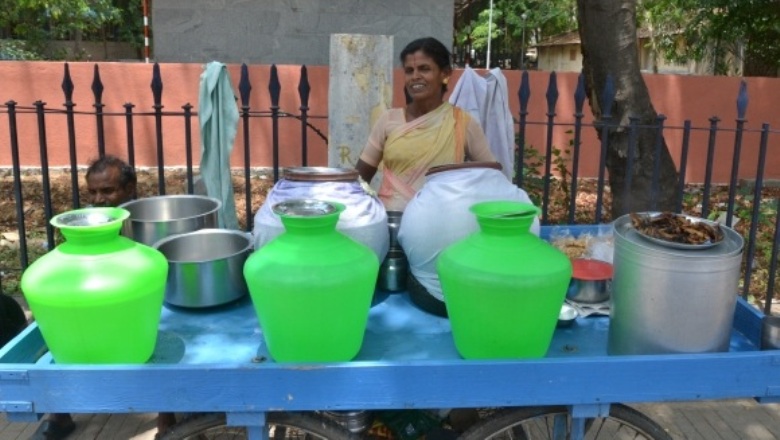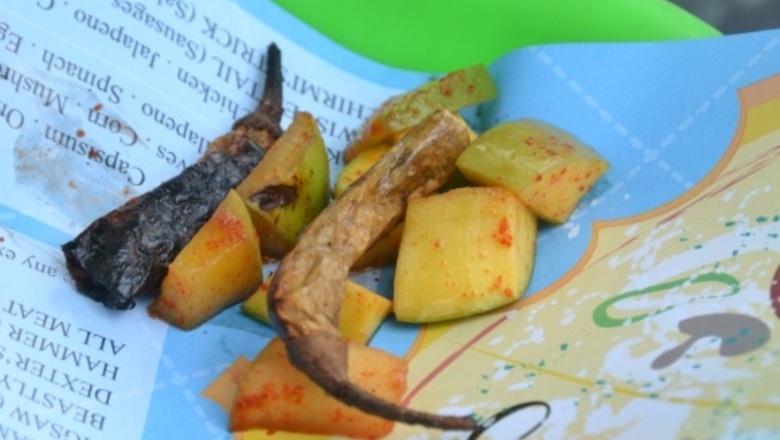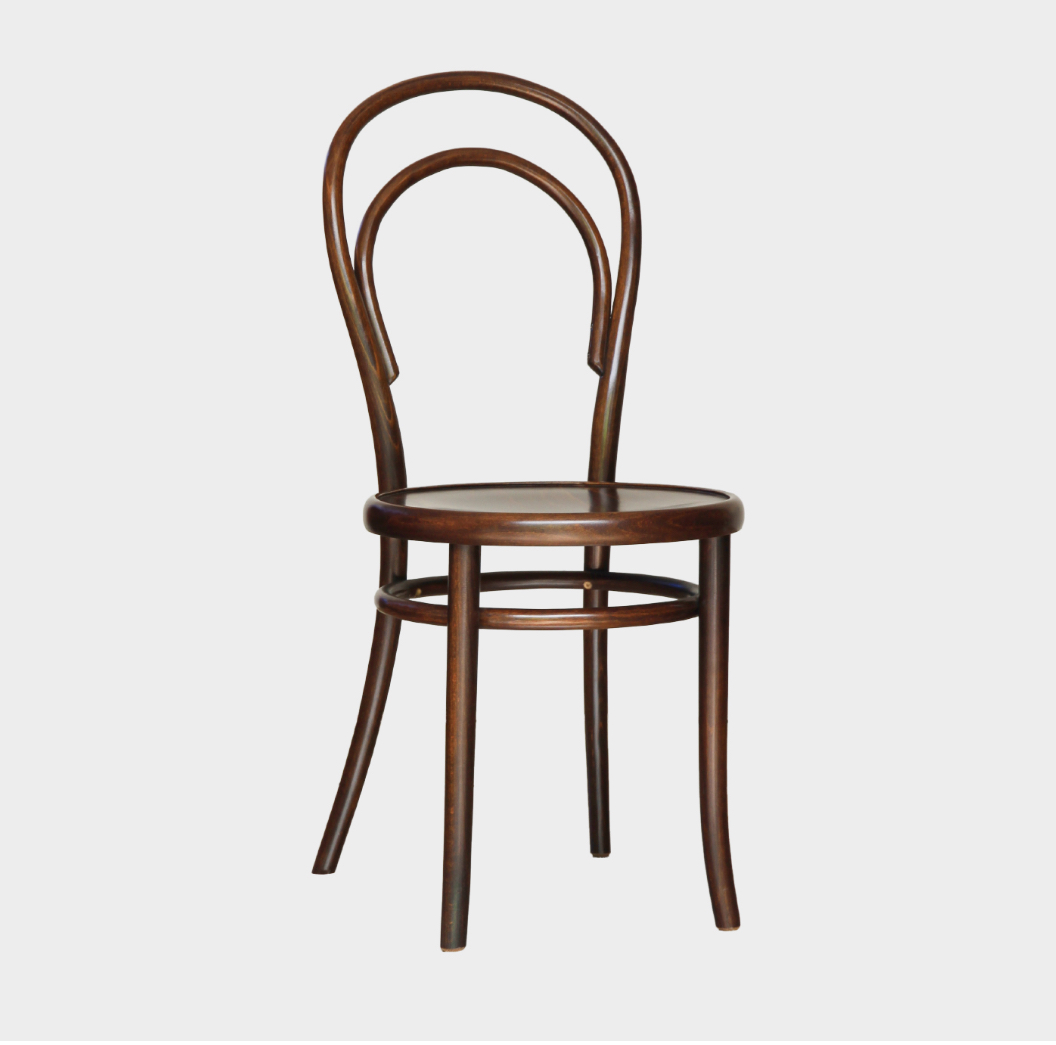
Millets are the ancient grains of India and Africa. They are eaten like grain, but are actually from the grass family. They’re classified into two categories – major and minor millets, based on the size of grain. There are three major millets – ragi (finger millet), jowar (sorghum) and bajra (pearl millet). The main minor millets in India are barnyard, foxtail, kodo, little millet and proso. Amarath and buckwheat are known as pseudo millets. As they have similar properties and nutrition as millets, but aren’t from the grass family. Though millets are India’s ancient grain and have been part of our culinary heritage as a tasty millet drink and accompaniment to main meals. Over the past many centuries, cereals like rice and wheat have taken over our diets.
Millets are an antidote to many of our current issues. Millets are gluten-free and rich in fibre, minerals and are known anti-oxidants. They are low on the glycemic index and don’t cause spikes in blood sugar levels. Millets are extremely hardy plants, resistant to drought and pests. They are naturally organic as they have very little requirement of pesticides or fertilisers. They also require very little water or fertile soils to grow. Millets are gaining back popularity, over the past couple of years because of the spotlight on them. Many years ago, I found this unique millet drink called Kambu Koozh on the streets of Bangalore.

Kambu Koozh (pronounced as kambu-kool) is a classic Tamil summer millet drink. A mixture of spiced buttermilk and a runny porridge of pearl millet (bajra – pennisetum glaucum). You’ll notice the Kambhu Koozh on the streets of Bangalore and cities and towns in Tamil Nadu, usually on carts with neon-colour, big sized plastic pots holding drinking water, kept in the front. The pearl millet porridge and the buttermilk are kept separately in big either pots, covered with a wet cloth to keep them cool. They are mixed together in a steel glass along with chopped raw onion.
This is served with cut raw mango sprinkled with a bit of salt and red chilly and tayyar malagu (chillies dried in yoghurt and salt. The raw mango and dried chilly is usually eaten after sipping the drink, adding a zing to this millet drink. Once you have this drink on a hot summer afternoon, you realise this is so good. The pearl millet porridge is usually made the previous evening and slightly fermented overnight A perfect combination of taste and nutrition. It’s also inexpensive and has cooling properties. A perfect drink on a hot summer afternoon. It’s also had as porridge for breakfast in Tamil homes.

Click here for the video of the street vendor, I shot many years ago in Indiranagar, Bangalore selling Kambu Koozh
And here for the recipe how to make the drink.
Here are the names of pearl millet in different languages
Hindi / Rajasthani / Punjabi / Garhwali – Bajra
Tamil – Kambu
Kannada – Sajje
Telugu – Sajja
Gujarati / Bengali – Bajri
Malayalam – Kambam
Happy hunting and chowder-on!
Categories:
Tags:

The Irani Cafe Chair – Defining What Is An Irani Cafe

Mumbai’s Infamous Eggless Omelette

The 20 Types of Indian Vegetarians